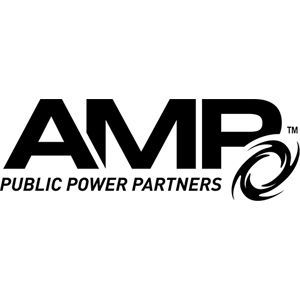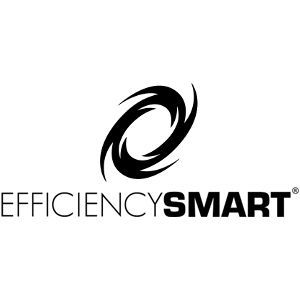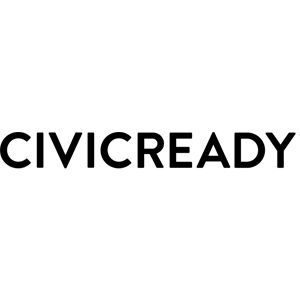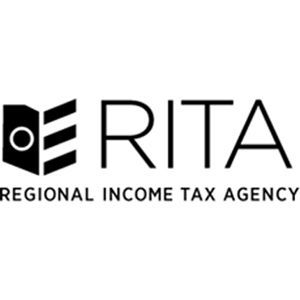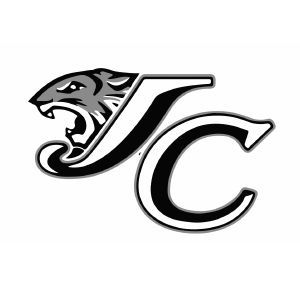WATER / WASTEWATER
JACKSON CENTER Water / Wastewater
Sanitary Sewer System History
December 16, 1940, the Village passed an Ordinance (#148) determining the need for a sanitary sewage system for the Village and a complete disposal plant. Determining this step being taken in behalf of the health, safety and welfare of the community, committees were formed to begin the preliminaries of ways and means to establish the system. By March 7, 1941, an ordinance was passed to authorize the issuance of $15,000 in bonds for the construction and completion of a sanitary sewage system for the village.
This ordinance then had to be amended on the 4th day of May 1942 to increase the bonded indebtedness to $25,000. These bonds were to run until 1970 to maturity, payable on yearly due dates until being paid out. February 9, 1956 saw another change to this utility, as it was considered too small to take care of the increased numbers of users. With industry coming and the expansion of those industries already here it proved to the city fathers that another bond issue was necessary to take care of this rapid growth. Bonds were issued that same year for $66,00 with $16,500 of this amount to be used to retire the present mortgage revenue bonds that were outstanding and to allow the balance on the enlargement of the disposal plant and offer some extension work.
Source Water Protection Plan
What can you do to Protect Your Source of Drinking Water? Click on the links below to find out the potential impacts on your source of drinking water; and what you can do at your home, business or farm to help protect our source of drinking water. For more information about Source Water Protection, call: The Ohio Environmental Protection Agency / Division of Drinking and Ground Waters at (614) 644-2752.
- Potential Impacts on YOUR Source of Drinking Water
- What YOU Can Do to Protect Your Source of Drinking Water
- What YOUR BUSINESS Can Do to Protect Your Source of Drinking Water
- What YOUR AGRICULTURE BUSINESS Can Do to Protect Your Source of Drinking Water
Hydrant Flushing
Hydrant Flushing is a process that is part of our routine maintenance program necessary to maintain the integrity of the water system allowing us to continue to deliver the highest quality water possible to our customers.
Hydrant Flushing is done to test the hydrants to make sure adequate flow and pressure is available. Flushing is also done to remove sediment from the lines in order to maintain water clarity and quality in the distribution pipes.
Frequently Asked Questions:
Is my water safe to drink after flushing?
Your water is safe to drink. Occasionally, water becomes discolored after hydrant flushing. If this happens, run your cold water tap for a few minutes until the water clears. If it doesn't clear the first time, wait a few minutes and run the water again. You should avoid washing clothes until the water clears.
My clothes have been discolored from the rust, what should I do?
You should clean them with a rust remover. Bottles of rust remover can be obtained from the Village Office located at 122 East Pike Street.
Why does the water system need to be routinely flushed?
The village's water distribution system is a complex network of pipes and storage reservoirs where sediment of deposits may naturally accumulate over time. If not removed, these materials may cause water quality deterioration, taste and odor problems, or discoloration of the water. Water may also stagnate in lesser used parts of the distribution system. This can result in degraded water quality.
What should I do when I see village crews flushing hydrants in my area?
If you see village crews flushing hydrants, PLEASE DRIVE CAREFULLY. Water comes out of these hydrants quickly and with a lot of pressure. Water can build up on the driving surface which can cause your vehicle to hydroplane.
What should I do after the hydrants are flushed in my neighborhood?
If the tap water is used during flushing, it could come out full of sediment and discoloration. If you encounter discolored water, shut the water off and wait several minutes. After waiting, check the clarity by running cold water for a few minutes allowing new water to work its way into your pipes. If not, wait a few more minutes and check again. In some cases, you may experience slight discoloration for a few hours. This discoloration only affects the appearance of the water; it does not affect the taste or water quality.
What should I do if my water pressure or volume seems low after flushing?
Check your faucet and washer screens for trapped debris.
What will happen if fire hydrants are turned on or off too quickly?
This will cause "water hammer", which is a pressure surge or wave when water in motion is forced to stop or change direction suddenly. The pressure wave can cause major problems, from noise and vibrations to pipe collapse. In home plumbing, this is experienced as a loud bang resembling a hammering noise. Water Department and Fire Department Employees have received instruction on how to operate fire hydrant valves slowly to avoid water hammer.
Water Quality Report
To help you be a more informed consumer, the Ohio Environmental Protection Agency (OEPA) requires an annual report on water quality to be provided to water customers. As part of this report, we provide you with general health information, water quality test results, important contact numbers, and how you can participate in the decision making process.




